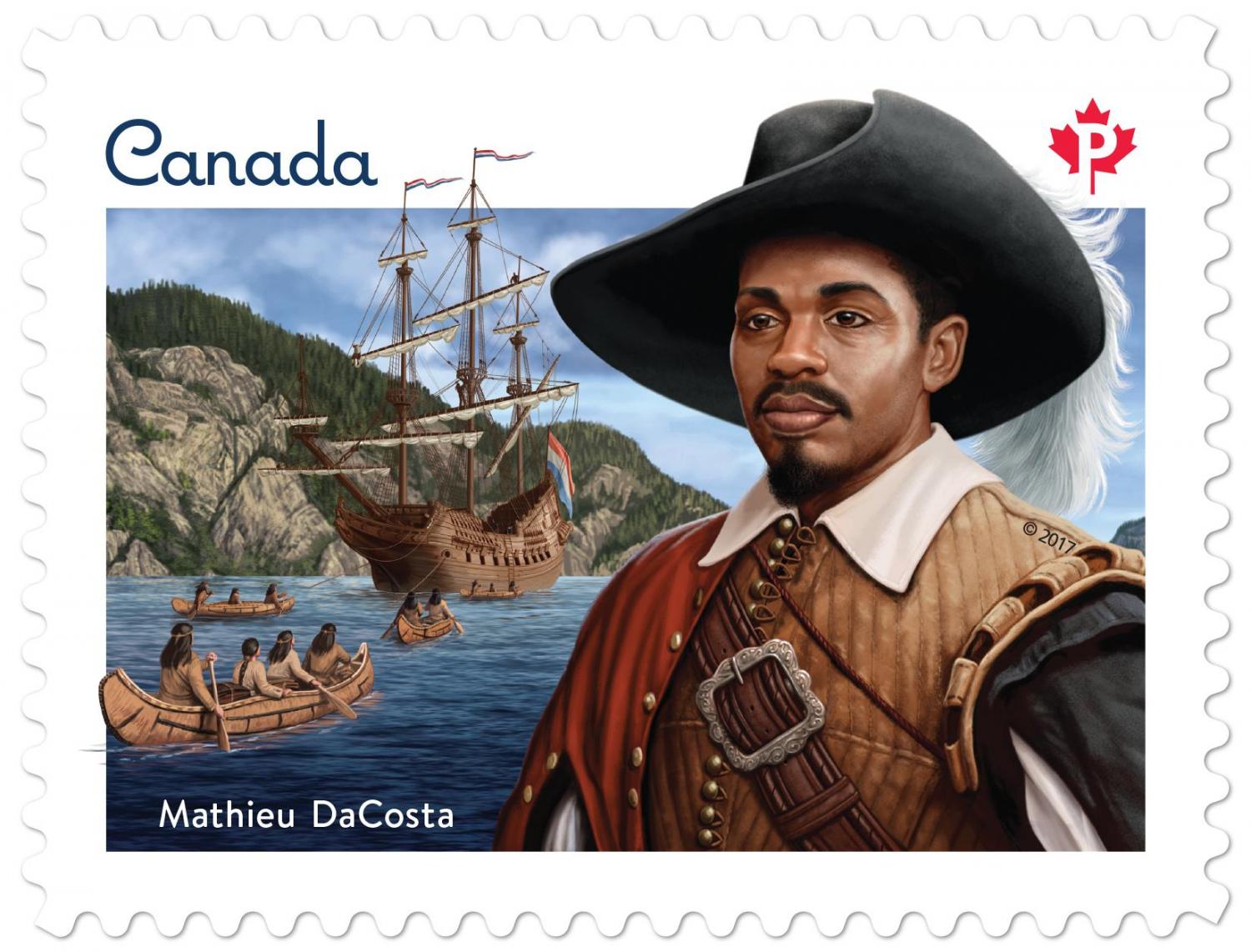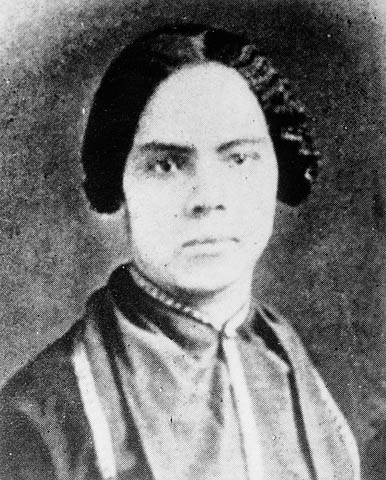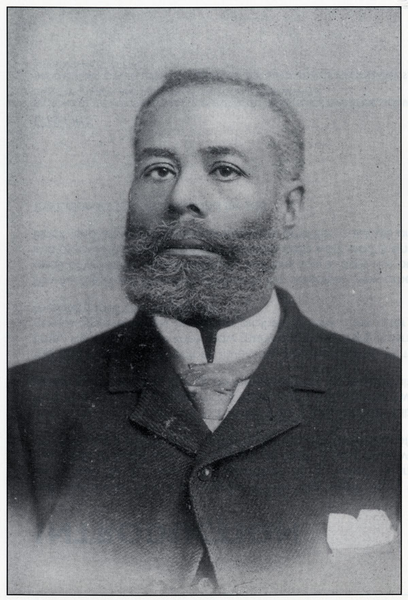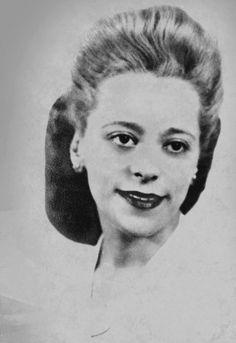
Canada’s Hidden Figures
The box-office smash Hidden Figures, which documents the true story of three African-American women who worked as human computers for NASA in the late 1950s and early 1960s, during the America-Russia space race. This film is so important as it sheds light on a part of history that is rarely taught in school or through the media–all the major contributions black people have made to society. Right here in Canada we have many of our own hidden figures who you may not know about. Here are just a few of the important black Canadians whom’s innovations, activism or talents have contributed greatly to the country and the world in general.
Mathieu DaCosta
Though not born in Canada, Mathieu DaCosta is important to our history as the first documented black person to set foot in Canada, arriving in the early 17th century. Though little is known about him, a recovered document from 1608 suggests that DaCosta was a free man, not a slave, who worked as an interpreter for Samuel de Champlain’s exploring party. DaCosta is believed to have been multilingual, speaking various European languages as well as many Aboriginal languages which allowed him to bridge the language gap between Champlain’s party and the First Nations people they came in contact with upon arrival to Canada. In commemoration of DaCosta, a special stamp was issued by Canada Post this month in his honour.
 Mary Ann Shadd Cary
Mary Ann Shadd Cary
Mary Ann Shadd Cary is a very significant figure in the editorial and publishing world. Cary was born in Delaware, but moved to Windsor, Ontario as an adult to pursue her career in writing and later became a Canadian citizen. Cary authored many informative booklets for black people looking to emigrate from America about the benefits of moving to Canada for work and about how to live within one’s means. In 1853, Cary founded the Provincial Freeman, an anti-slavery newspaper that highlighted the successes of free black people in Canada. This endeavour made Cary the first black woman in North America, and the first woman in general in Canada, to publish a newspaper.
 Elijah McCoy
Elijah McCoy
You’ve probably heard the expression “That’s the real McCoy,” but did you know that this common phrase refers to a black Canadian engineer? Elijah McCoy, born in Colchester, Ontario, worked at the Michigan Central Railroad which is where he got the inspiration for his innovations. In 1872, McCoy patented a self-lubricating drip-cup which allowed for locomotives to regularly self-lubricate, needing little human intervention. This not only saved time and cut labour costs for locomotive companies, but also prevented serious injury to oilers–who were often young, black men–hired to oil the engines manually. In total, McCoy went on to obtain 57 other patents throughout his lifetime.
 Viola Desmond
Viola Desmond
Viola Desmond is perhaps no longer a hidden figure, as she’s on Canada’s official Black History Month poster this year, but many may still be unfamiliar with her story and why she’s a hero. Not only was the Nova Scotia native a successful entrepreneur, owning both a beauty salon and beauty school, but she was also a fierce social justice activist. In 1946, Desmond was arrested for sitting in a “whites only” section of a Nova Scotia movie theatre. Not willing to simply accept this blatant racism, Desmond took up a civil suit to reverse the charges. Though she lost her suit, her case was very significant as it helped kick off Canada’s civil rights movement. Desmond will be commemorated in 2018 as the first black person, and first woman, to be on Canadian money as the new face of the $10 bill.









